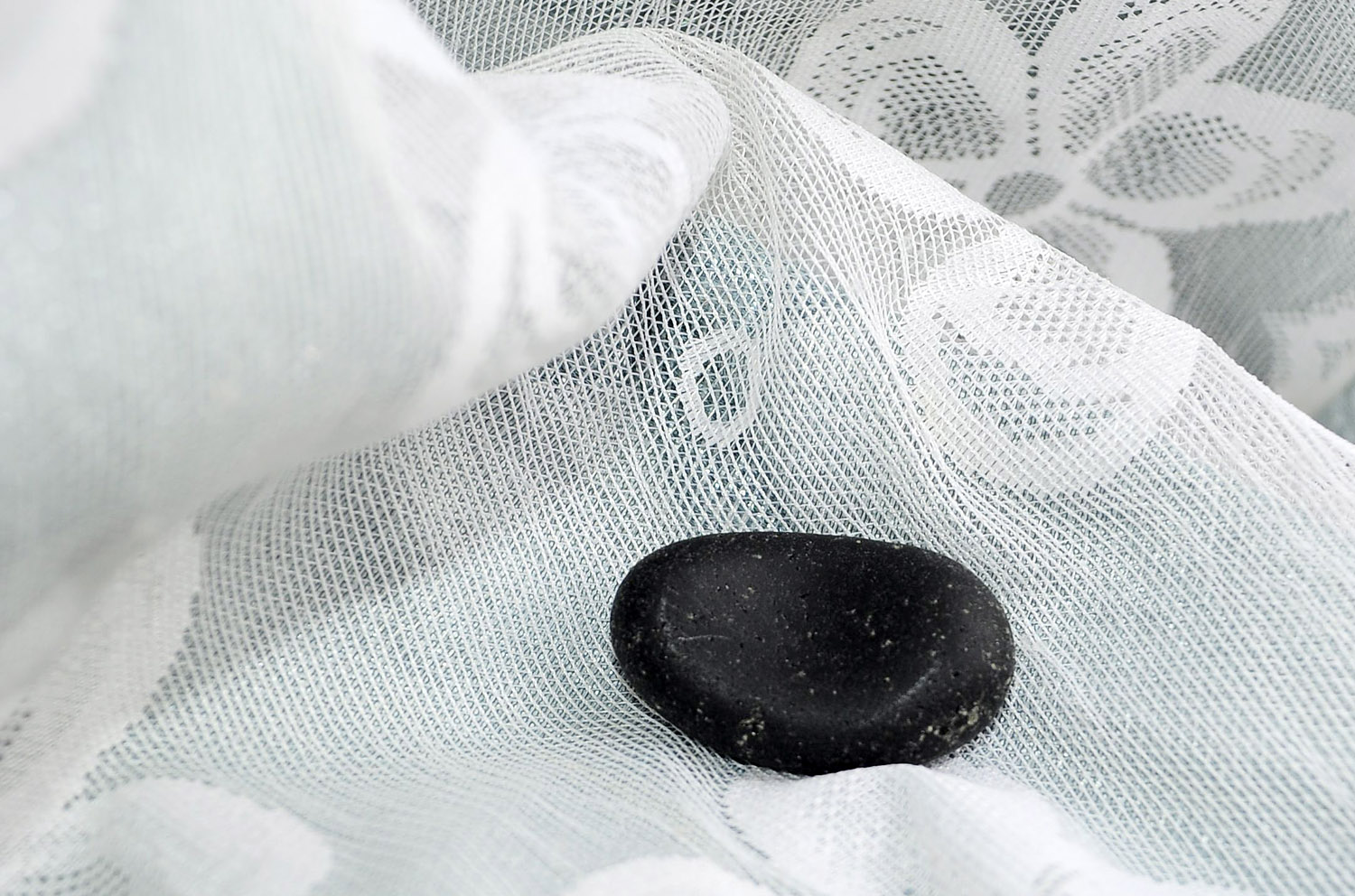
The first landscape encountered in the Black Room interactive game (all images screenshots by the author for Hyperallergic).
Here’s an interesting game, Black Room:
The first few minutes of Black Room are a twist on my expectations. I know I’m not playing a traditional game. In fact, according the game’s homepage, I’m playing a “browser-based, narrative game about falling asleep while on your computer, on the internet,” where I play as “an insomniac on the verge of sleep, moving through shifting states of consciousness.”
Created and developed by Cassie McQuater, Black Room is free to play (with the option to donate money), and was “conceived as a feminist dungeon crawler, [and] features a majority female cast of video game sprites from the 1970s–current day.” After the game’s opening sequence — a blue light descends through a heron-filled sky before crashing to the ground and turning into a woman — my fingers are only allowed to do one thing: move my character to the right. As I do, the background comes alive with stars and fantastical birds. I’m moving through this dreamscape, alone. When I click on the “?” in the upper-right corner of the screen, I’m told, “The sky is vast. Yawning, you feel as though you’ve just woken from a long sleep. There is only one direction to travel.” Onward it is.
As a lifelong insomniac, I might have to give this one a try. You can read and see much more at Hyperallergic.










